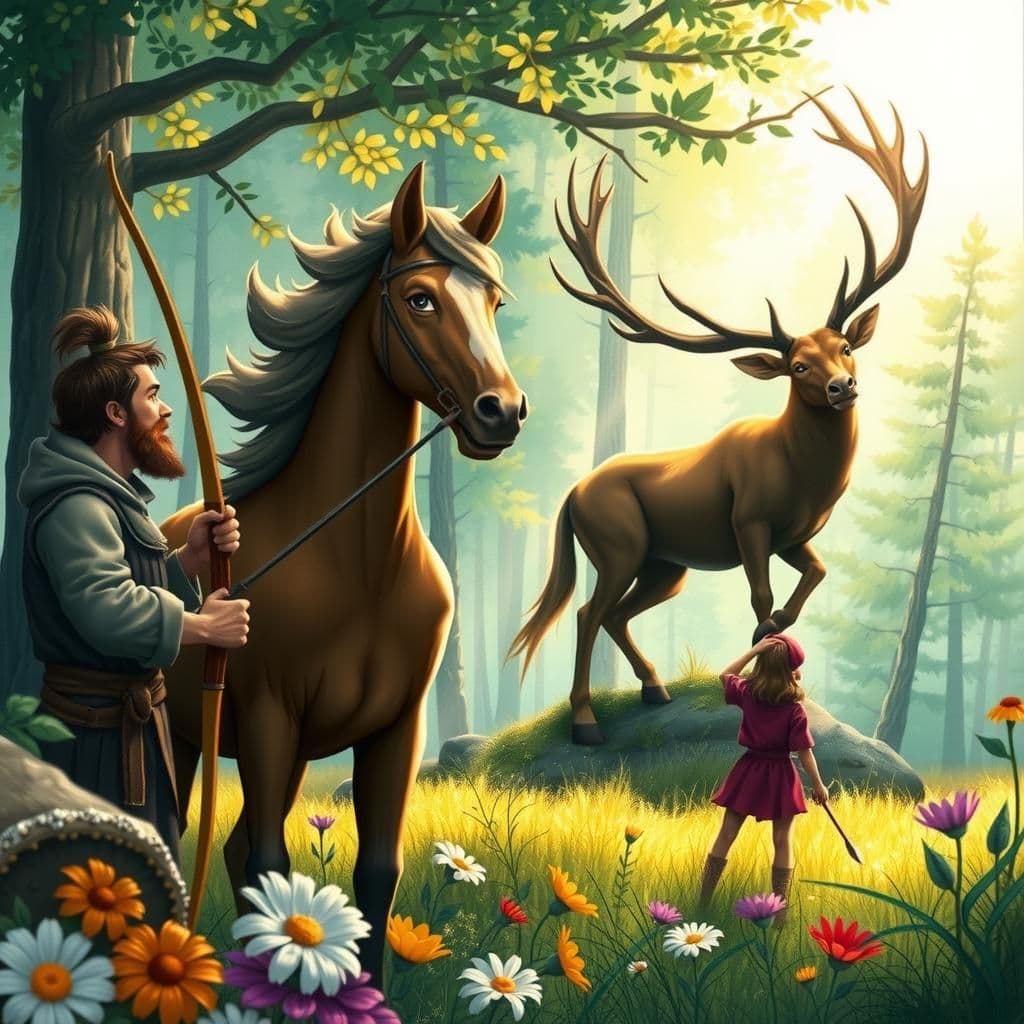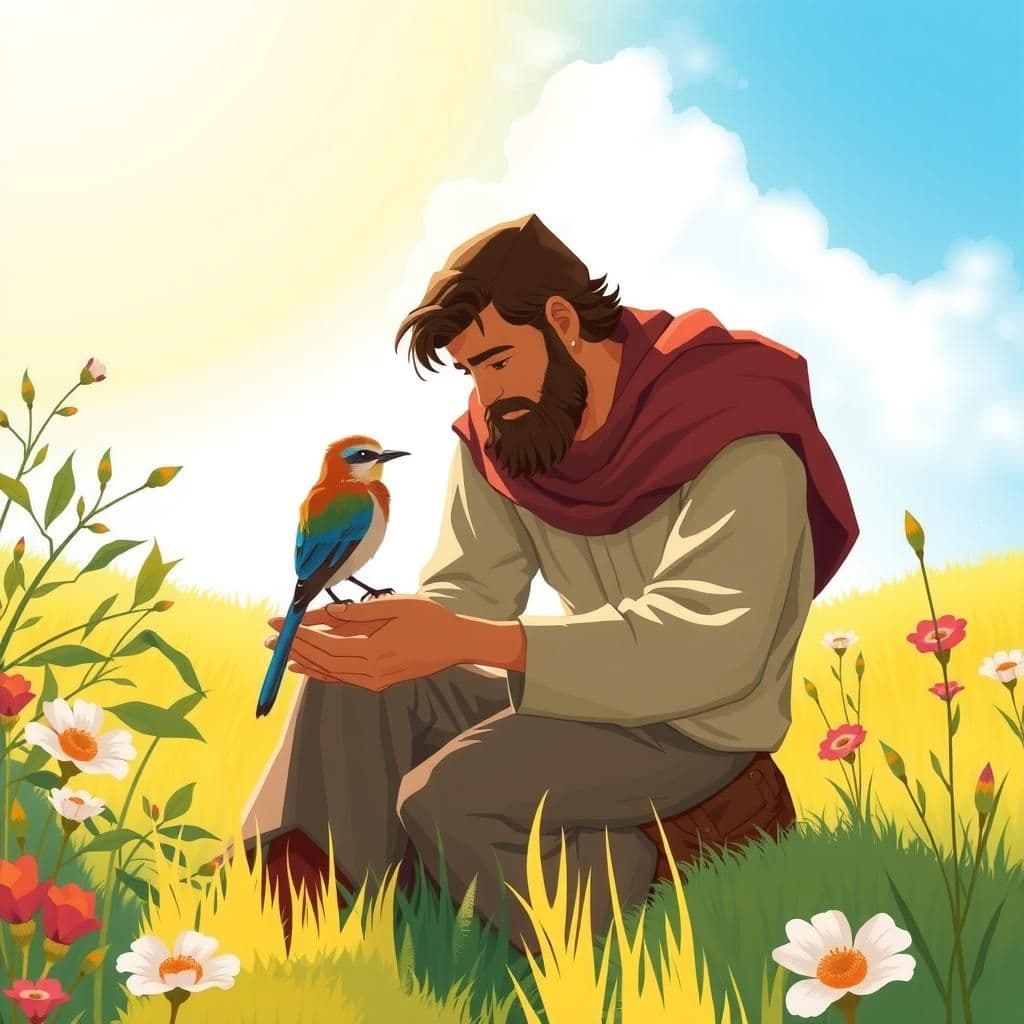The Dove and the Crow

Story Summary
In "The Dove and the Crow," a captive dove boasts about her numerous hatchlings, only to be reminded by a crow that such pride in her family's size only deepens her sorrow due to their confinement. This poignant tale serves as a unique moral story, emphasizing that abundance can lead to greater distress, making it a short and sweet moral story with a culturally significant message.
Click to reveal the moral of the story
The moral of the story is that abundance can bring sorrow if freedom is sacrificed.
Historical Context
This fable, attributed to Aesop and often retold in various cultures, reflects themes of freedom and the burdens of responsibility. Originating in ancient Greece, Aesop's fables often feature animals that embody human traits, highlighting moral lessons about pride, captivity, and the consequences of one's choices. The story underscores the tension between the joy of creation and the sorrow of confinement, resonating through centuries as a caution against vanity and the harsh realities of life.
Our Editors Opinion
This fable highlights the idea that quantity does not equate to quality of life; having many things or responsibilities can lead to greater burdens rather than happiness. For instance, a parent who brags about their children's achievements and extracurriculars may be overlooking the stress and pressure those children face in a highly competitive environment, realizing that a balanced, supportive upbringing may be more fulfilling than merely accumulating accolades.
You May Also Like

The Horse seeking revenge on the Stag
In "The Horse Seeking Revenge on the Stag," a Horse, driven by a desire for vengeance, enlists the help of Man to capture a swift Stag. However, this pursuit of revenge ultimately leads to the Horse's loss of freedom and tragic demise, illustrating a powerful lesson from moral stories: seeking vengeance can come at a great cost, overshadowing what truly matters. This tale serves as one of the best moral stories for children, emphasizing the importance of forgiveness over retaliation.

The Labourer and the Nightingale
In the fable "The Labourer and the Nightingale," a Labourer captures a Nightingale to enjoy its beautiful song, only to find that the bird refuses to sing in captivity. After releasing the Nightingale, it imparts three valuable lessons: never trust a captive's promise, appreciate what you have, and do not grieve over what is lost forever. This well-known moral story emphasizes the importance of freedom and gratitude, making it a fitting tale for moral stories for class 7.

The Crow and Mercury
In the fable "The Crow and Mercury," a crow, ensnared and desperate, prays to Apollo for rescue, promising to offer frankincense at his shrine, but forgets his vow once freed. Caught again, he makes a similar promise to Mercury, who scolds him for betraying Apollo and questioning his loyalty. This short story with moral illustrates the consequences of failing to honor one's commitments, a theme found in many well-known moral stories.
Other names for this story
Caged Glory, The Caged Dove's Lament, Feathered Prisoners, Crow's Wise Words, Boasting in Captivity, The Dove's Burden, Freedom's Contrast, Caged vs. Free
Did You Know?
This fable highlights the theme of confinement versus freedom, illustrating how one's achievements can be overshadowed by the limitations of their circumstances; the Dove's pride in her offspring is rendered meaningless when they are trapped, emphasizing the importance of freedom over mere numbers.
Subscribe to Daily Stories
Get a new moral story in your inbox every day.